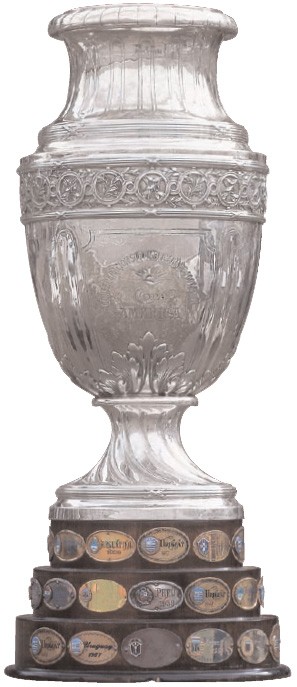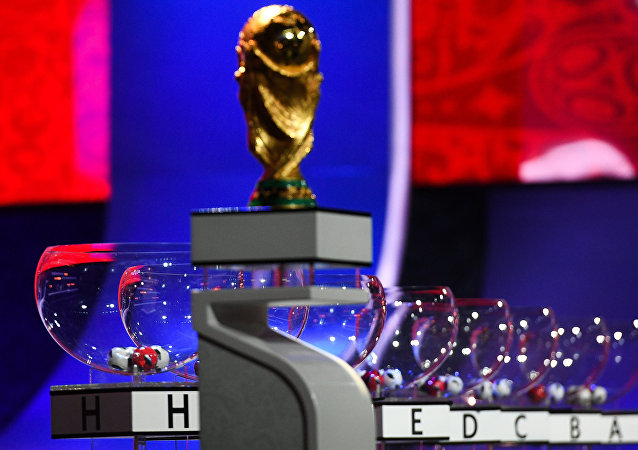
With all this confusion, it’s unclear whether the Copa America will continue to be a sixteen-team tournament or go back to being a twelve-team tournament in 2028. The only times it’s ever been a twelve-team tournament is when the US hosts. In the meantime, let’s enjoy the excitement. Moving along, here’s my review of the Group B teams. Interesting is that none of the teams in this group have ever won the Copa:

-Mexico (14): El Tri or El Tricolor have historically been seen as the top team of the CONCACAF. Over time, people have often seen Mexico as a team that is capable of achieving more than they have. They’ve been runner-up twice at the Copa America and their best World Cup finish is the quarterfinals. At Qatar 2022, they failed to make it to the knockout round for the first time since 1978. They’ve been wanting to recover from that disappointment since.
For less than a year, Mexico has been managed by Jaime Lozano. Most of the players play for teams in Mexico’s Liga MX with some playing in teams from European leagues. Many are under 25 years of age. Top players include midfielders Edson Alvarez and Orbelin Pineda. Since World Cup 2022, They’ve achieved wins against Panama, Costa Rica and Bolivia. They’ve had a win and a draw against Jamaica as well as draws against Australia, Germany and Cameroon. They also had a draw and a loss to the US and losses to Colombia, Uruguay, Brazil and Qatar. Here at the Copa America, Mexico has another chance to prove themselves and they could do magic.

-Ecuador (31): La Tri or La Tricolor have had their biggest success in the 21st Century. They qualified for their first World Cup in 2002 and have qualified for three more since. At the Copa America, Ecuador have never finished in the Top 3 and the best they’ve done in this century is finishes in the quarterfinals. No doubt that they want this to be their best Copa ever.
Ecuador is managed by Spain’s Felix Sanchez who coached Qatar’s team for the 2022 World Cup. The irony being Ecuador played Qatar in the opening game of that World Cup! The players play for a mix of teams in European and South American leagues and half are under 25 years old. Top players include midfielders Angel Mena and Carlos Gruezo and forward Enner Valencia who is Ecuador’s greatest goal scorer ever and scored both goals in the opening game of the World Cup! Since that World Cup, they’ve had wins to Bolivia, Chile, Costa Rica and Uruguay, draws to Colombia and Venezuela, and losses to Argentina, Australia and Italy. The stage is set in the US and Ecuador could have what it takes to deliver their best-ever performance in a Copa America.

-Venezuela (54): You may think every South American nation has been to at least one World Cup. Wrong! Venezuela is the one team from the CONMEBOL that has never qualified for a World Cup. Like Ecuador, they’ve never had a Top 3 finish at the Copa America either. Despite that, La Vinotinto has qualified for the Copa’s quarterfinals more often than the 20th Century.
Since last year, Venezuela has been coached by Argentinian Fernando Bautista. Some of the players play for European teams but most play for teams in South American leagues or Mexico’s Liga MX. Top players include defender Alexander Gonzalez, midfielder Tomas Rincon and forward Salomon Rondon. The team has achieved wins against Chile, Paraguay and Saudi Arabia. They’ve had draws to Brazil, Peru and Ecuador and endured losses to Colombia and Italy. Anything can happen in football and Venezuela could just blow past many people’s low expectations.

-Jamaica (55): One thing you should not do is you should not underestimate the Reggae Boyz. They’ve been to one World Cup, back in 1998. For the CONCACAF Gold Cup, they’ve been runners-up twice in 2015 and 2017 and have been in two previous Copas. They also finished 3rd in this year’s CONCACAF Nation’s League. With the World Cup expanding to 48 teams in an attempt to get more teams from Asia, Central America and the Caribbean into the tournament, you can bet Jamaica wants to seize that chance!
Jamaica is one of few teams at this Copa managed by a European coach. The coach is Iceland’s Heimir Hallgrimson who helped coach Iceland to the Euro.2016 quarterfinals and their first World Cup qualification. Top players include defender Damion Lowe, forward Shamar Nicholson and goalkeeper Andre Blake. In the past year and a half, they’ve had wins against Trinidad and Tobago, Honduras and Canada. They’ve had a win and a loss against Canada and endured a draw and a loss to both Mexico and the United States and a loss to Qatar. This Copa America is another chance for Jamaica to show how good they are and even go further than most anticipated.
My Prediction: It’s a bit hard to side with the statistics, but they do tell a lot. I will predict Mexico and Ecuador to be the teams that advance.
And there you have it. That’s my look at Group B of Copa America 2024. There are the two heavy favorites but the two teams not favored are capable of delivering upsets.






